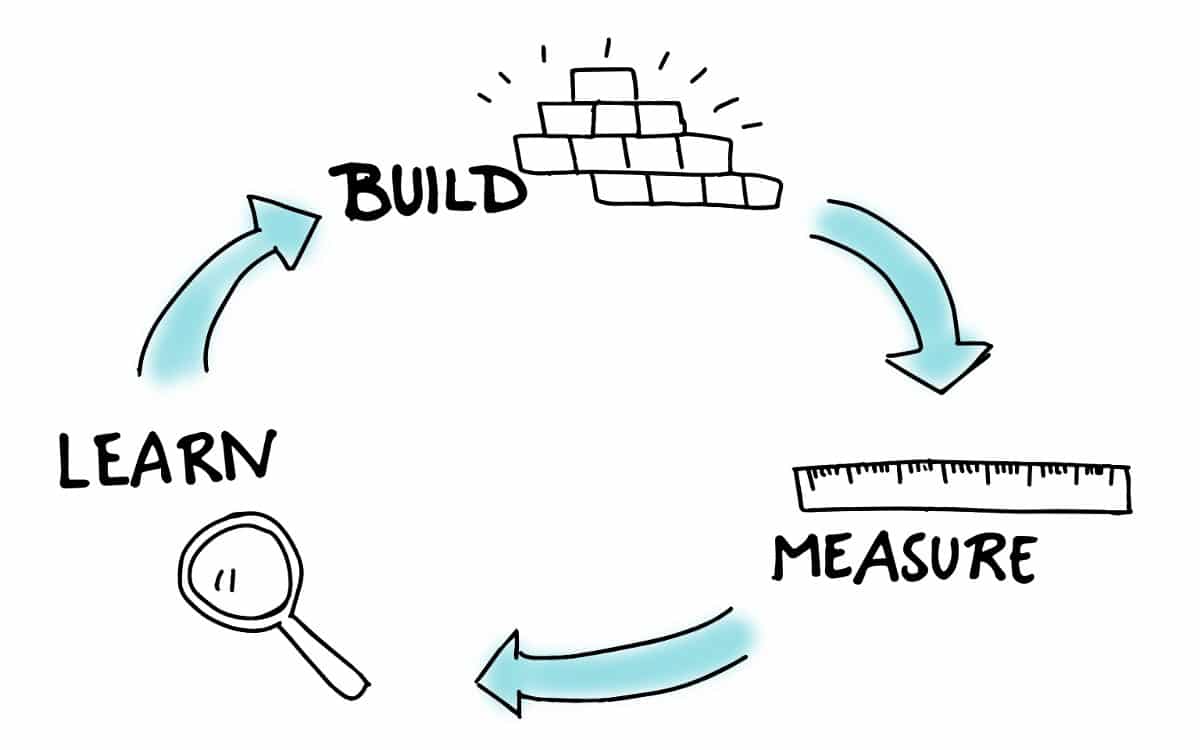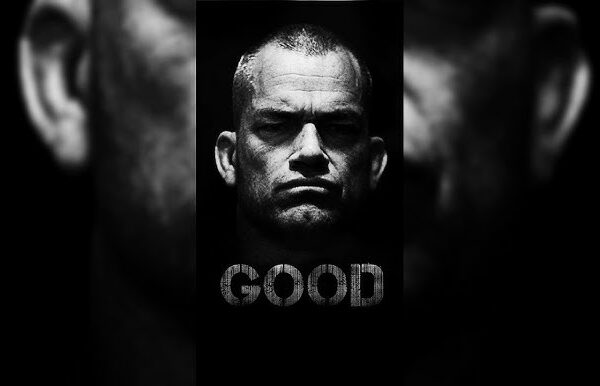Imagine an environment where people felt excited and engaged about giving ideas and thoughts for improvements because they expected a positive feedback process where they would not be concerned about feeling stupid or unappreciated. Innovation and positive organizational changes would take place.
What if every time someone gave you feedback, instead of immediately getting ready to defend yourself or put a wall up, you kept your mind and heart open to hear their words because you knew that they had your best interest and the best interest of the organization in mind? Innovation and positive organizational changes would take place.
How would it look in an organization if everyone began to contribute with ideas and thoughts and everyone sought to find the good in all ideas and thoughts by knowing that we can collaboratively work together and refine those thoughts together to achieve excellence? Innovation and positive organizational changes would take place.
If an organization can begin to do their own accountability assessment amongst each other through healthy peer-to-peer reviews and collaborative growth by feeling comfortable to present ideas and thoughts, there is no doubt that the organization would become more effective, with a positive culture of engaged people all contributing to the cause instead of depleting the cause. It is a known fact that we are more alike than we are different, but when the environment that we are in does not promote the opportunity to be comfortable with hard conversations through effective feedback the organization cannot move forward.
Without feedback, there can be no transformative change. When we don’t talk to the people we’re leading about their strengths and their opportunities for growth, they begin to question their contributions and their commitment.
If you have ever experienced a culture or an organization where the staff is willing to talk about the tough things and bring solutions to the table, you have a taste of real leadership and a team of people who can and will work through any environmental change necessary to keep their organization moving forward.
- Feedback to the Leader (One-on-One)
- Self-Awareness
- How do you lead others
- How do you lead the organization
- Feedback – Why it is important and necessary for a healthy organization?
It all starts with the openness to “Feedback”.
In her book “Daring Greatly” Brene Brown states that when she asked people why there was such a lack of feedback in their organizations and schools, she quotes two major issues:
- “We’re not comfortable with hard conversations.”
- “We don’t know how to give and receive feedback in a way that moves people and processes forward.”
These are fixable problems and when we address these issues within our organizations, leaders change, cultures change, systems improve and openness within the organization is taken to a new level.
Brene also quotes “I believe that feedback thrives in cultures where the goal is not “getting comfortable with hard conversations”, but normalizing discomfort.” Wow, how powerful is that. Brene also quotes “If you’re comfortable, I’m not teaching and you’re not learning. It’s going to get uncomfortable in here and that’s okay. It’s normal and it is a part of the process.”
If you want your organization to have growth, you have to create an environment where the expectation is that growth and learning are uncomfortable. Remember the goal is to normalize the discomfort. You want to get to the point where periods of discomfort become an expectation and a norm.
The leader has to cultivate the courage to be uncomfortable and to teach the people around them how to accept discomfort as a part of growth. This is done through the strengths perspective where you view a performance of a peer and provide feedback. This gives us the chance to examine our struggles in light of our capabilities, talents, competencies, possibilities, visions, values and hopes. This perspective does not dismiss the serious nature of our struggles; however, it does require us to consider our positive qualities as potential resources. According to social worker educator Dennis Saleebey, viewing performance from the strengths perspective offers us the opportunity to examine our strengths. He proposes “It is as wrong to deny the possible as it is to deny the problem.”
Most of us can go through the majority of our “faults” or “limitations” and find strengths lurking within.
When you use the “strengths perspective”, you need to identify three observable strengths and one opportunity for growth.
When you are providing feedback it is important to sit on the same side of the table.
Use Brene Brown’s Engaged Feedback Checklist:
- I’m ready to sit next to you rather than across from you;
- I’m willing to put the problem in front of us rather than between us (or sliding it toward you);
- I’m ready to listen, ask questions, and accept that I may not fully understand the issue;
- I want to acknowledge what you do well instead of picking apart your mistakes;
- I recognize your strengths and how you can use them to address your challenges;
- I can hold you accountable without shaming or blaming you.
- I’m willing to own my part;
- I can genuinely thank you for your efforts rather than criticize you for your failings
- I can talk about how resolving these challenges will lead to your growth and opportunity; and
- I can model the vulnerability and openness that I expect to see from you.
(The checklist is available at www.brene-brown.com)
How would education and organizations be different if students, teachers, parents, administrators, employees and CEO’s sat on the same side of the table? How would engagement change if leaders sat down next to folks and said, “Thank you for your contributions.”
When you create an environment using feedback as a tool and normalizing discomfort, people come ready to lean in and give, rather than to look over their shoulder and wait to be called out for being wrong and unproductive. It changes the way we view accountability, the way we view our own successes and mistakes and ultimately the overall success of the organization.





